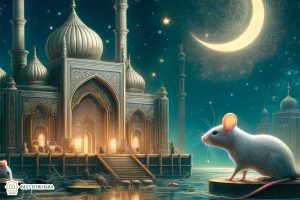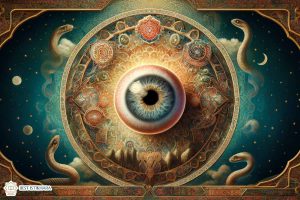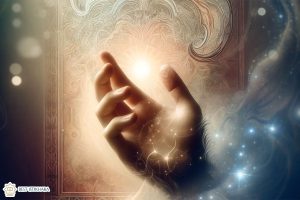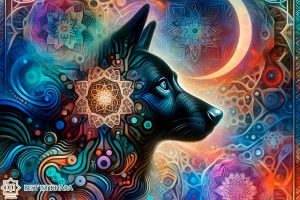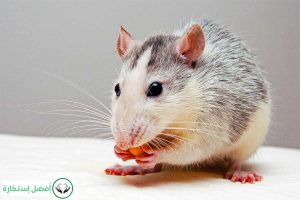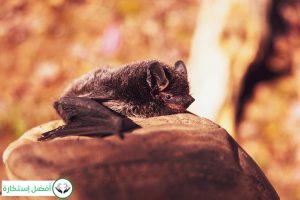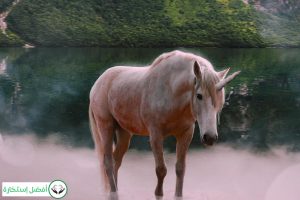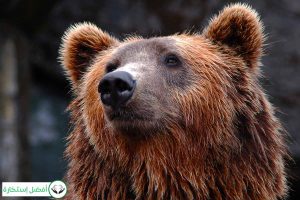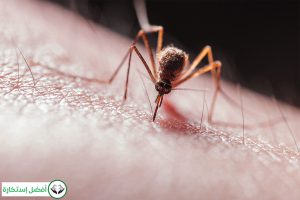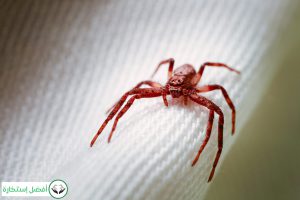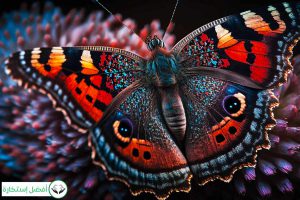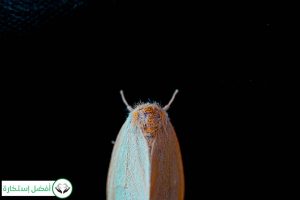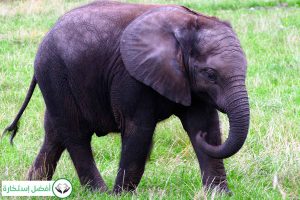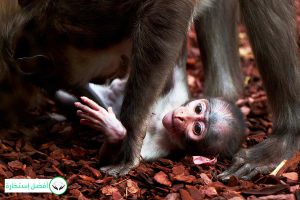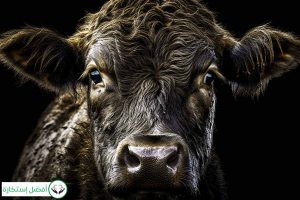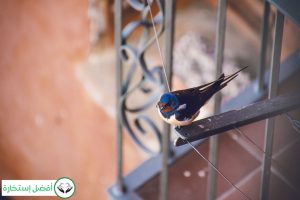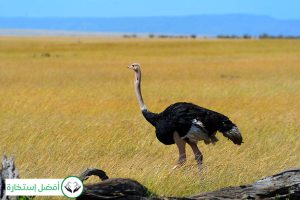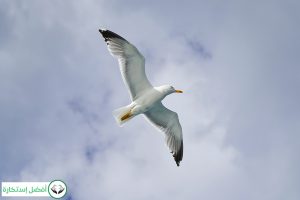Dream Interpretation of Animals in Islam

In the realm of Islamic traditions, dreams serve as windows into the unseen, offering insights, warnings, or reflections of one’s inner state. Among these visions, animals frequently emerge as potent symbols, each carrying distinct meanings rooted in Islamic texts and teachings. The presence of animals in dreams, be it the majestic lion or the humble sparrow, beckons a deeper understanding. This article embarks on a journey to explore the rich tapestry of animal symbolism in dreams, as interpreted through the lens of Islamic beliefs and teachings. If you want to read more about this topic, follow the dream interpretation in Islam.
Islamic Dream Interpretation of Seeing Animals
In Islamic traditions, dreams have held a place of significance since the time of the Prophet Muhammad (peace be upon him). The interpretation of seeing animals in dreams often draws from various sources including the Quran, Hadith (sayings of the Prophet), and the works of early Muslim scholars such as Ibn Sirin. Here’s a brief overview of how some animals are interpreted in dreams from an Islamic perspective:
- Lion: Often seen as a symbol of power and strength. It can also indicate a formidable enemy or a righteous ruler, depending on the context of the dream.
- Horse: Horses generally symbolize honor, power, or even an upcoming journey. A white horse might indicate spiritual progress or blessings, while a black horse can indicate challenges.
- Birds: Birds often symbolize one’s goals, ambitions, and hopes. If they are flying, it might indicate aspirations, whereas caged birds can symbolize feeling trapped or restricted.
- Camel: Camels in dreams can represent a journey, especially a long one. They might also indicate patience and endurance given the nature of camels.
- Dog: While dogs can sometimes be viewed negatively, indicating a lowly person or an enemy, they can also symbolize loyalty and trustworthiness if the dreamer has a positive association with the dog.
- Cat: Cats in dreams might represent a thief or a traitor. However, if the cat is pleasant or comforting in the dream, it might indicate the presence of a loyal friend.
- Fish: Fish are often positive symbols. They can indicate sustenance, provision, or even beneficial knowledge. Dreaming of fishing might be about seeking knowledge or sustenance.
- Insects: Depending on the type, insects might symbolize annoyances or minor troubles. For instance, bees might indicate profit from one’s endeavors, while ants might signify a diligent and hard-working approach to life.
- Snake: As mentioned earlier, snakes can be symbolic of enemies or deceit. Killing a snake can signify overcoming an adversary.
- Elephant: Dreaming of elephants might indicate a powerful ruler or a significant person. It can also symbolize a daunting challenge.
Ibn Sirin’s Interpretation of Animal Dreams
Muhammad Ibn Sirin (653-729 AD) was a renowned Islamic scholar known for his expertise in interpreting dreams. His interpretations are deeply rooted in the traditions of the Prophet Muhammad (peace be upon him) and the teachings of the Quran. Many of his interpretations are compiled in the book titled “Book of Dreams.” Here are some interpretations attributed to Ibn Sirin regarding animal dreams:
- Lion: Dreaming of a lion is interpreted as meeting a powerful enemy. However, if one overcomes the lion, it signifies overcoming one’s enemy.
- Horse: A horse in a dream might signify honor and prosperity. Riding a horse might symbolize authority, while a horse running away could mean a loss of one’s position.
- Birds: Birds, according to Ibn Sirin, represent nations or people. The nature of the bird can give further insights, e.g., a falcon might indicate a king or a ruler.
- Camel: Camels are seen as symbols of endurance and patience. They can also represent devout men who are steadfast in their prayers.
- Dog: Seeing a dog in a dream might signify the base character of the person who resembles the dog. A dog could also represent an enemy, given its nature in Arab traditions. However, a dog in some circumstances, especially if it’s one’s own, might indicate loyalty.
- Cat: A cat might represent a book or knowledge, drawing from the nature of a cat’s independent hunt for food. It might also symbolize a thief or betrayal.
- Fish: Fish in a dream could indicate one’s sustenance or provisions, given that they live in water, a source of life.
- Insects: Dreaming of bugs or insects might indicate weak enemies. However, specific insects like bees might symbolize wealth and success.
- Snake: Snakes often symbolize enemies. If one kills a snake, it indicates defeating one’s enemy. A snake might also represent a treacherous person or deceit.
- Elephant: Elephants, being large and powerful, might signify kings or leaders. They could also indicate challenges or obstacles given their daunting size.
Prophetic Traditions (Hadith) About Dreaming of Animals
The Hadith (sayings, actions, and approvals of the Prophet Muhammad, peace be upon him) contain numerous references to dreams and their significance. While there are many general Hadiths about dreams and their interpretation, the specific mention of animals in dreams is somewhat limited. Here are some Prophetic traditions and contexts associated with dreams and, where possible, related to animals:
- General Understanding of Dreams: The Prophet Muhammad (peace be upon him) said: “Dreams are of three types: a dream from Allah, a dream which causes distress and which comes from the devil, and a dream which comes from what a person thinks about when he is awake, and he sees it when he is asleep.” (al-Bukhari)
- Good Dreams: The Prophet said, “If anyone of you has a dream that he likes, then it is from Allah. He should thank Allah for it and narrate it to others.” (al-Bukhari)
- Bad Dreams: About bad dreams or nightmares, the Prophet advised, “If he has a dream that he dislikes, then it is from Satan. He should seek refuge with Allah from its evil and not mention it to anybody, and then it will not harm him.” (al-Bukhari)
- Dream of the Adhan (Call to Prayer): While not directly related to animals, the Prophet’s companion, Abdullah bin Zaid, had a vision in which he saw the call to prayer being taught. This dream was confirmed by the Prophet and established the Adhan as a practice in Islam.
- Dream of Drinking Milk: The Prophet (peace be upon him) once mentioned a dream where he drank milk, signifying knowledge, as milk often symbolizes nourishment and sustenance.
- Dreams as a Portion of Prophethood: The Prophet said, “Good dreams are one of forty-six parts of prophethood.” (al-Bukhari)
While the Hadith provides insight into the significance and understanding of dreams in Islam, there are limited specific mentions of animals. Most knowledge about the interpretation of animals in dreams from an Islamic perspective is derived from scholars, like Ibn Sirin, who based their interpretations on their understanding of the Quran, Hadith, and cultural symbols of their time.
Quranic References Related to Animal Dreams
The Qur’an, the holy book of Islam, contains various stories and mentions of animals. However, specific references to animal dreams are limited. One of the most notable instances of a dream involving animals in the Qur’an is in the story of the Prophet Yusuf (Joseph):
Prophet Yusuf’s (Joseph’s) Dream: Yusuf said to his father: “O my father, indeed I have seen [in a dream] eleven stars and the sun and the moon; I saw them prostrating to me.” (Qur’an, Surah Yusuf 12:4) Although not animals, the celestial bodies in this dream held significant meaning and would come to represent members of his family.
The King’s Dream in Prophet Yusuf’s Story:
- The king said: “O eminent ones, explain to me my vision if you should interpret visions.”
- They replied: “Jumbled dreams, and we are not learned in the interpretation of dreams.”
- But the man who had been released, one of the two [who had been in prison], remembered after a time and said: “I will inform you of its interpretation, so send me forth.” (Qur’an, Surah Yusuf 12:43-45)
- The king saw seven fat cows being eaten by seven thin ones, seven green spikes, and others that were dry. This dream, interpreted by Yusuf, predicted seven years of prosperity followed by seven years of famine.
While the story of Yusuf prominently features dreams, the specific reference to animals in dreams is limited to the king’s vision of cows. This dream provides insight into how dreams, in the Islamic tradition, can carry symbolic meanings and foreshadow events, reinforcing the idea that dreams can serve as divine messages or warnings.
Conclusion
In the rich tapestry of Islamic tradition, dreams hold a revered place, serving as gateways to divine messages or reflections of one’s inner state. Animals, frequent characters in these nocturnal narratives, often come imbued with symbolic meanings, drawing from the Qur’an, Hadith, and scholarly interpretations. While individual circumstances and feelings significantly influence a dream’s interpretation, understanding the broader Islamic perspective provides invaluable context. Such interpretations remind believers of the intricate ways in which the spiritual realm intertwines with the earthly, offering guidance, warnings, or simply a mirror to the soul.



